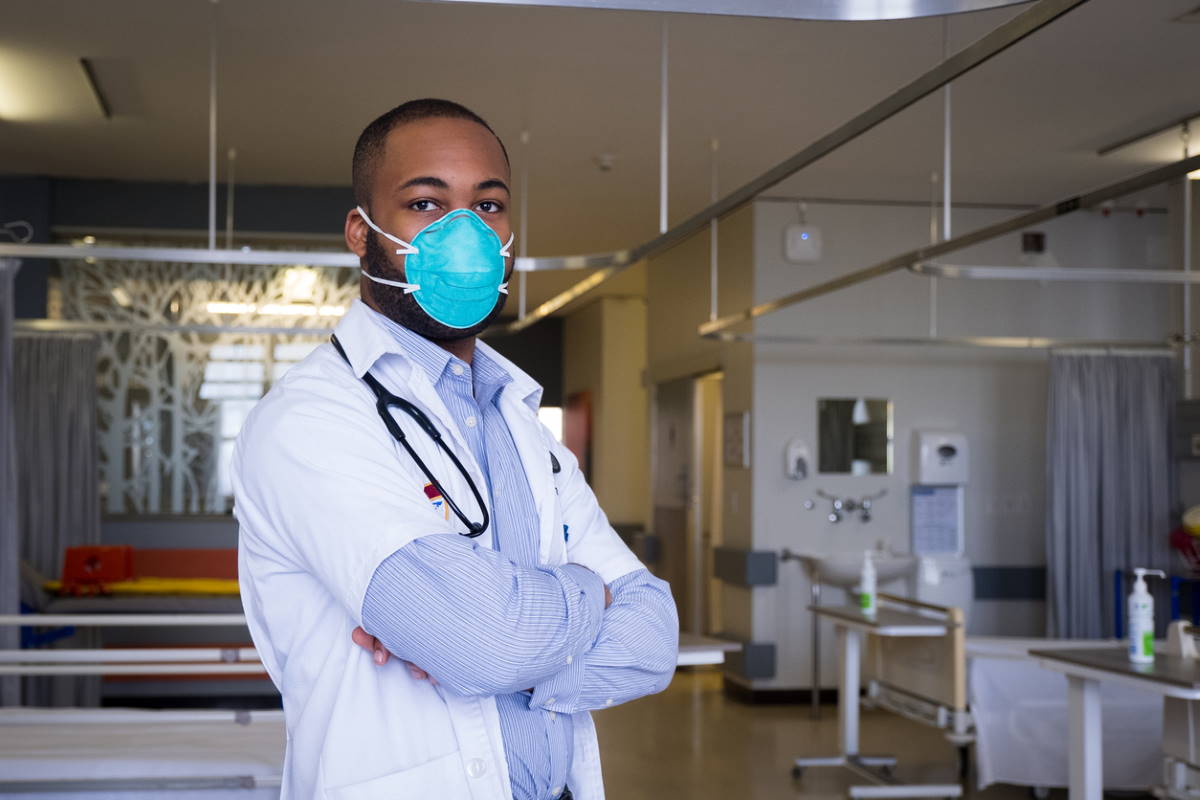The contamination of our planet, particularly our oceans, has become a global catastrophe. More than 11 million metric tons of plastics are released into the ocean every year, injuring marine life, polluting beaches and contaminating our food supply. That is projected to increase to more than 29 million metric tons annually by 2040¹; the Ellen MacArthur Foundation predicts that, by 2050, if something isn’t done to stem this tide of pollution there could be more plastic by weight than fish in the ocean.²
For years the industry has referred to this phenomenon as plastic “leakage.” But calling more than 11 million tons “leakage” is a gross understatement and, even worse, a misrepresentation of a global problem. It’s a full-on flood, and this flood is rapidly eroding our ecological foundation both on the land and in the water. But where do we begin to address the problem?
The answer isn’t to exclude plastic from our lives. Plastic has myriad benefits that we’ve grown to appreciate and depend upon. For example, it’s an inexpensive material for packaging, so it helps keep items such as food fresh, so it lasts longer, can be distributed more broadly, and we waste less; it’s sterile and durable, which is a boon for medical devices and electronic goods among other things. Then there are plastic bags of all types, as well as gloves, straws, wearables and apparel… and the list goes on. Moreover, once we’re done with it, plastic can be turned into something new via mechanical or chemical recycling. At the very least, plastic waste could be landfilled separately, creating in effect a “carbon sink”³, and saved as a resource for future generations when we learn how to better harvest it. So why is the problem so immense and growing?
To begin with, we’ve become experts at innovating ways to produce and use plastic to the point that we’ve become entirely dependent on it. And the most prominent addiction we have is to single-use plastics. For example, over one million plastic bottles are purchased every minute, and approximately 500 billion single-use plastic bags are used worldwide every year – each of these bags is estimated to have a working life of only about 15 minutes.⁴ Of all the plastics produced, more than half are designed to be single-use only, which means, of course, that once used they are then immediately thrown away.
So, while plastic use and production continues to grow exponentially, we’re faced with an even more critical issue, in that we simply don’t have the infrastructure to capture and process all of the plastic once we’re finished with it. Statistics show only about 9 per cent of plastic has been recycled, 12 per cent has been burned, and the remaining 79 per cent has ended up in landfills or the environment.⁵ It is estimated that two billion people live without waste collection and three billion without controlled waste disposal,⁶ which makes tremendous amounts of plastic reaching the environment unavoidable. Moreover, basic infrastructure is a multi-trillion-dollar problem unlikely to be addressed in the coming decades.
According to Breaking the Plastic Wave⁷, a report by The Pew Charitable Trusts, “There is no single solution to end ocean plastic pollution. Upstream and downstream solutions should be deployed together.” But even if significant action is taken, more than five million tons of plastic are still expected to flood our oceans every single year, with most of it coming from just ten rivers.⁸
To make things worse, plastics persist, accumulating year by year in a compounded tragedy with daunting consequences.

The case for embedded bioremediation triggers (EBTs)
Plastic doesn’t have to accumulate in the environment. Nature already knows how to disassemble natural polymers
Could we not leverage those natural mechanisms by engineering polyethylene, polypropylene and polystyrene in such a way that, from the microorganism’s perspective, they would use those same natural mechanisms to break down and consume man-made polymers? Could we use EBT to take advantage of nature’s organisms to render these materials biodegradable?
Historically, efforts to remedy the problem of accumulation and persistence have been from the chemist’s perspective. We should instead be looking at the problem from the perspective of the microorganism so that we can induce them to consume the entire structure, effectively enabling the natural systems’ regenerative toolboxes to address the situation.
Everyday plastics contain an enormous amount of energy that microorganisms would love to use. In fact, while paper typically contains under 5,000 kcal/kg⁹, plastics can exceed 10,000 kcal/kg¹⁰. However, widely available biodegrading microorganisms haven’t yet evolved the biochemical machinery to take advantage of everyday plastics lying around in the environment. It is their lack of biological ability to recognise and metabolise this food source in its current state that effectively renders plastics resistant to biodegradation.
Make no mistake, being resistant to biodegradation is invaluable for durable plastic goods in uses such as building and construction, medical devices, transportation and wire and cable. Paradoxically, the very attributes of plastics that render them beneficial during their useful life are also what make them so problematic when they find their way into the environment.
Embedding bioremediation triggers has demonstrably reduced, or even eliminated, plastics’ inherent resistance to biodegradation. EBT adds simple “appetite triggers”, that are easily detected and interpreted as food, and then used by micro-organisms, enabling them to:
- Identify plastic as a food source
- Hydrolyse and metabolise plastics using their millions-years-old enzymatic toolboxes
The end result is that microorganisms will:
- Harvest plastics’ energy for growth
- Reduce environmental accumulation of plastics through biodegradation
EBT-enhanced plastics are otherwise very similar to their “traditional” polyethylene, polypropylene and polystyrene counterparts, and are:
- Shelf-stable in normal storage conditions (similar to paper).
- Cost-effective
- High performing
- Technically recyclable. However, a 1974 report stated that “there is serious doubt that [recycling plastic] can ever be made viable on an economic basis”. And this has proven true for most plastics, since, in 2018, only 8.5 per cent of plastics produced were recycled”¹¹,¹²
Scientifically speaking, we are in the early days of engineering mainstream plastics in such a way that nature recognises them as food and can benefit from them. But we’re seeing it happen: a recent breakthrough by BioLogiQ has moved this needle significantly with its development of its biopolymer, NuPlastiQ®. When blended with traditional fossil-based polymers, NuPlastiQ® presents itself as a bioremediation trigger and has enabled the biodegradation of polyethylene, polypropylene and polystyrene, using natural mechanisms that do not promote creation of microplastics.
Embedded bioremediation triggers, while new to mainstream plastics, are the ace in the hole to win the war on plastic waste accumulation in the environment efficiently and effectively.
Push the boundaries of the possible: reach out to biologiq.com and get involved in the EBT effort
by Tracy Scott – Global Marketing Director & Bruno Pereira – Chief Sustainability Officer
Images provided by Biologiq
[3] https://www.activesustainability.com/climate-change/carbon-sinks-what-are/
[4] https://plasticoceans.org/the-facts/
[5] https://advances.sciencemag.org/content/3/7/e1700782.full
[8] https://www.weforum.org/agenda/2018/06/90-of-plastic-polluting-our-oceans-comes-from-just-10-rivers/
[9] https://www.marchwood-scientific.com/new-page-67
[10] Measurements commissioned by BioLogiQ to Marchwood Scientific Services






